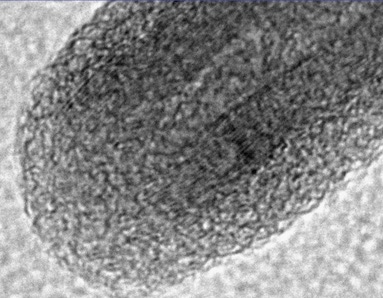March 23, 2016

When the inventor of metallocene catalysts, Professor Walter Kaminsky, talks enthusiastically about the latest groundbreaking development in the field, people tend to sit up and take notice. This was indeed the case at a polyolefins conference held in Bali, Indonesia, earlier this month, where he detailed R&D into the application of metallocene catalysis for isotactic polypropylene (iPP) in situ to form multiwall carbon nanotube (MWCNT) composites.
|
Isotactic polypropylene matrix forms close bonds with carbon fiber nanotube reinforcement. |
The concept might seem far-fetched at present and indeed, Kaminsky says his research is targeted at prototypes 6-10 years or so from now but if successful, it could see the widespread adoption of such MWCNT-iPP composites in mass-produced automobiles of the future.
What Kaminsky has discovered is that the 20-nm CNT fibers, as well as glass fibers (silica), can immobilize the molecular methylaluminoxane (MAO) component of the metallocene catalyst system on their surfaces, resulting in high molecular weight iPP being polymerized and adsorbed over (in other words closely adhered to) entire fiber surfaces. The composites thereby formed in-situ exhibit double the stiffness of unreinforced iPP with a MWCNT loading of just 2-3%.
The inherent thermal properties of the iPP, meanwhile, mean molded composite parts are more likely to return to their original shapes if impacted compared with conventional composites. ‘These composites are also four to five time better and absorbing impact energy than steel,” adds Kaminsky, translating to safer vehicles.
In terms of the route to commercialization, Kaminsky envisages production of 50% loading MWCNT-iPP composites in a reactor, which would then be converted into masterbatches with lower loadings for direct application in the injection molding process. The concept could also be extended to various PP copolymer types with tailored tacticities, and for use with various filler types such as particles and layered materials.
You May Also Like



